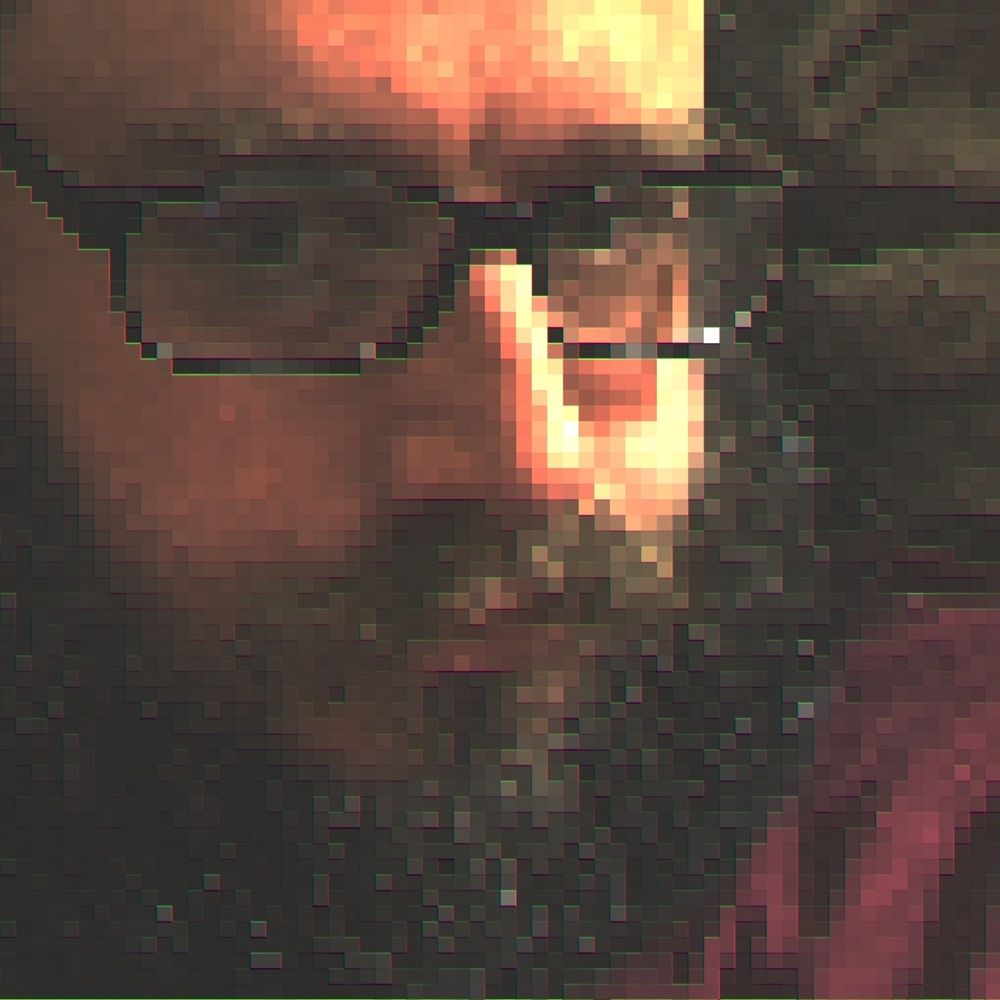Posts archive
- Document your progressAugust 2024
- Ringworld, Larry NivenAugust 2024
- On videogame fishingAugust 2024
- Word soupAugust 2024
- An End to RemixAugust 2024
- Document your progressAugust 2024
- The first post of BlaugustAugust 2024
- Gone fishingJuly 2024
- Tuixiu updateJune 2024
- Introducing TuixiuJune 2024
- Thursday 20 June, 2024 19:23June 2024
- Enabling secure websocketsJanuary 2019
- 2d6 in strict orderApril 2017
- Twine: eaten by a grueAugust 2015
- My Dad's KindleJuly 2015

 rumorsmatrix
rumorsmatrix